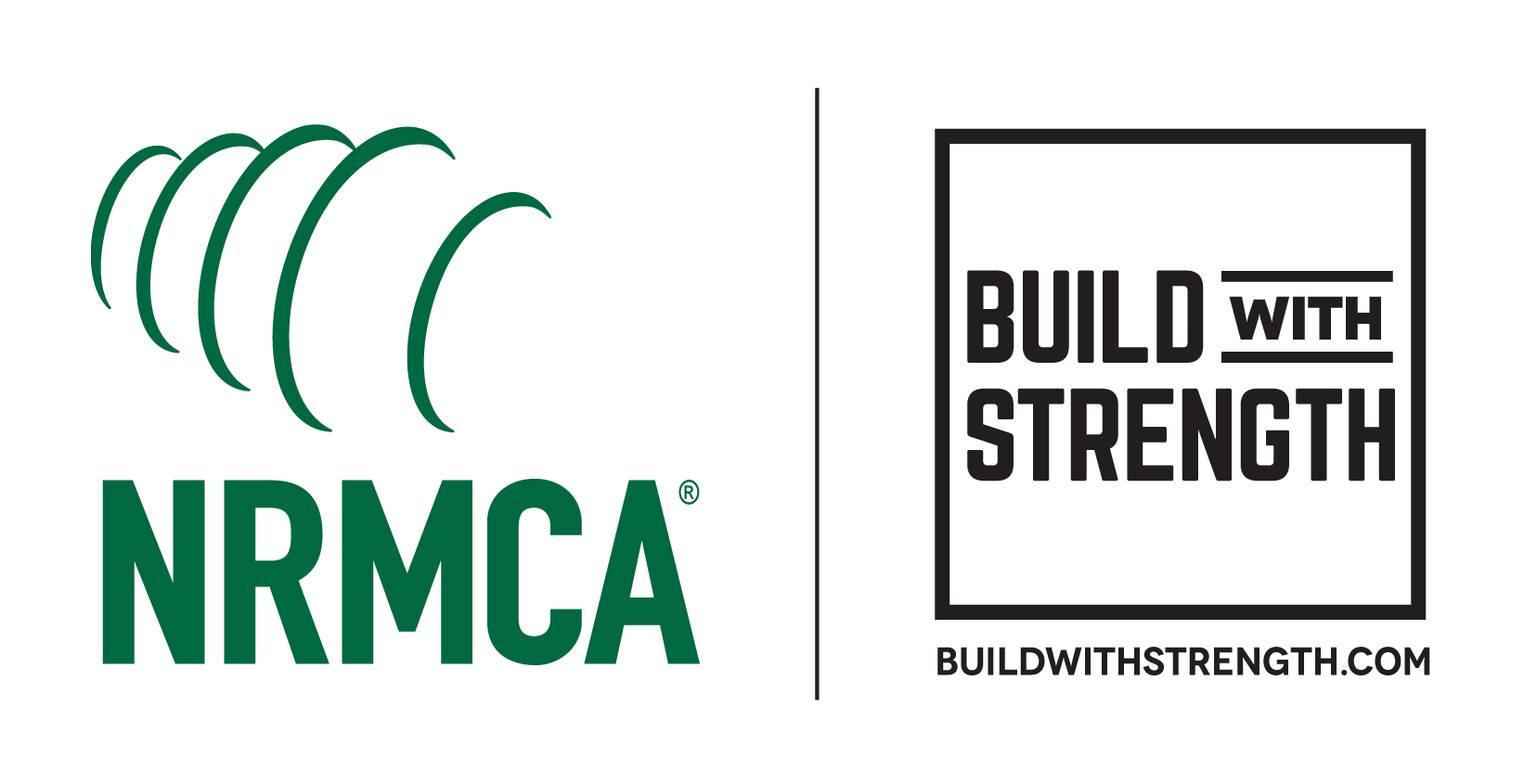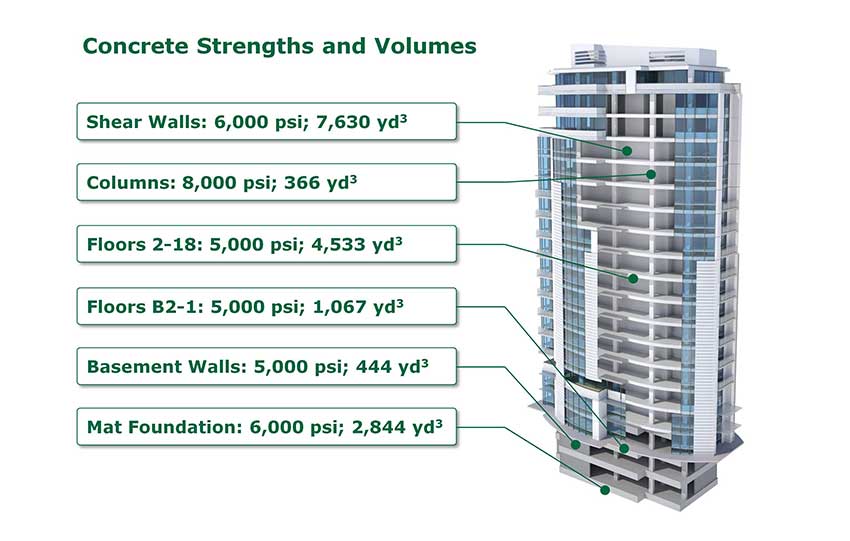Concrete Impacts
 1 AIA LU/HSW; 1 IDCEC CEU/HSW; 1 GBCI CE Hour; 0.1 ICC CEU; 0.1 IACET CEU*; 1 AIBD P-CE; AAA 1 Structured Learning Hour; This course can be self-reported to the AANB, as per their CE Guidelines; AAPEI 1 Structured Learning Hour; This course can be self-reported to the AIBC, as per their CE Guidelines.; MAA 1 Structured Learning Hour; This course can be self-reported to the NLAA.; This course can be self-reported to the NSAA; NWTAA 1 Structured Learning Hour; OAA 1 Learning Hour; SAA 1 Hour of Core Learning
1 AIA LU/HSW; 1 IDCEC CEU/HSW; 1 GBCI CE Hour; 0.1 ICC CEU; 0.1 IACET CEU*; 1 AIBD P-CE; AAA 1 Structured Learning Hour; This course can be self-reported to the AANB, as per their CE Guidelines; AAPEI 1 Structured Learning Hour; This course can be self-reported to the AIBC, as per their CE Guidelines.; MAA 1 Structured Learning Hour; This course can be self-reported to the NLAA.; This course can be self-reported to the NSAA; NWTAA 1 Structured Learning Hour; OAA 1 Learning Hour; SAA 1 Hour of Core Learning
Learning Objectives:
- Recognize how concrete can reduce the life-cycle impacts of a building.
- Define life-cycle assessment (LCA) and explain how it can be used to help measure and reduce the environmental impacts of a building.
- Discuss how LCA is used in the green building standards.
- Describe an example of how LCA software tools can be used to reduce the environmental impact of a building, including carbon footprint,0920026003 GBCI
This course is part of the Concrete Academy
The first step in the analysis is to identify typical concrete mixes for the reference building. In 2014 (updated in 2016), NRMCA published benchmark mix designs and their environmental impacts for eight different regions in the United States. This example uses the benchmark mix designs for the Northeast region. The next step is to estimate mix designs that have significantly lower GWP than the benchmark mixes that still meet the performance criteria (strength, durability, etc.). Keep in mind that concrete requiring high-early-strength should be limited to around 30% replacement of fly ash or slag. Concrete that does not require early age strength such as footings, basement walls, and even some vertical elements such as columns and shear walls, could have as much as 70% fly ash and/or slag, and could be tested at 56 or 90 days instead of 28 days to account for slower strength gain. This example uses high-volume SCM mixes from the NRMCA Industry-Wide EPD. Using the Athena Impact Estimator for Buildings (Athena IE) software, the reference building and proposed building were defined using the proposed mixes in Tables 1 and 2, respectively. Athena IE has the NRMCA benchmark mixes and the NRMCA industry-wide EPD mixes pre-loaded into the software. The software also permits the user to define new mixes based on the existing mixes in the library or completely new mixes if that information is available from a concrete producer. Once all the concrete information is defined for each project, the user can then run a report that will provide the estimated GWP, along with other impacts, for each building. The reference building will represent the largest impacts and the proposed designs will represent lower impacts. The results for this example showed that the reference building has a GWP for concrete of 6.14 million kg CO2 while the proposed building has a GWP for concrete of 3.92 million kg CO2, meaning that the high volumes of fly ash and slag mixes resulted in 36% reduction in GWP. Keep in mind, this is example was simplified for illustration purposes. It only considered the effects of concrete during the material extraction and manufacturing stage on the environmental impacts of the building. For LEED v4, one must consider the impacts of all the materials and products associated with the structure and enclosure, including structural elements such as concrete, reinforcing steel and structural steel (including fireproofing), and exterior cladding such as glass, aluminum, and insulation. The Athena IE software does contain environmental impact information for most materials and products used in buildings, and it outputs the six environmental impacts required for the LEED v4 LCA credit. In addition, the Athena LCA software allows the user to input energy consumption data obtained from an energy analysis, making it an ideal tool for conducting whole-building LCA.
CONCLUSION AND REVIEW
Environmental life-cycle assessment (LCA) is a valuable tool for assessing the environmental impact of buildings. It is extremely important to include the operational stage of a building life cycle, since the operational stage impacts dwarf the impacts of material extraction, manufacturing, construction, and end-of-life life-cycle stages combined. LCA provides a scientific approach to evaluating the merits of design alternatives. For the few LCAs conducted that compare the environmental impacts of steel, wood, and concrete buildings, it has been demonstrated that concrete buildings can offer energy savings and significant reductions in carbon emissions. Concrete building systems, such as insulating concrete forms, combine insulation with high thermal mass and low air infiltration to make buildings more energy efficient, therefore reducing the environmental impacts of buildings over their entire life cycle.
REFERENCES
NRMCA Member Industry-Wide EPD for Ready Mixed Concrete, National Ready Mixed Concrete Association, Silver Spring, MD, 2016. www.nrmca.org/sustainability.Energy Information Administration, 2016.
Ochsendorf, J., et al., Methods, Impacts, and Opportunities in the Concrete Building Life Cycle, Massachusetts Institute of Technology Concrete Sustainability Hub, Cambridge, MA, 2011.
NRMCA Member National and Regional Life Cycle Assessment Benchmarks (Industry Average) Report, National Ready Mixed Concrete Association, Silver Spring, MD, 2016. www.nrmca.org/sustainability.
Erika Fredrickson is an independent writer and editor focusing on technology, the environment, and history. She is a frequent contributor for continuing education courses and publications through Confluence Communications. www.confluencec.com






